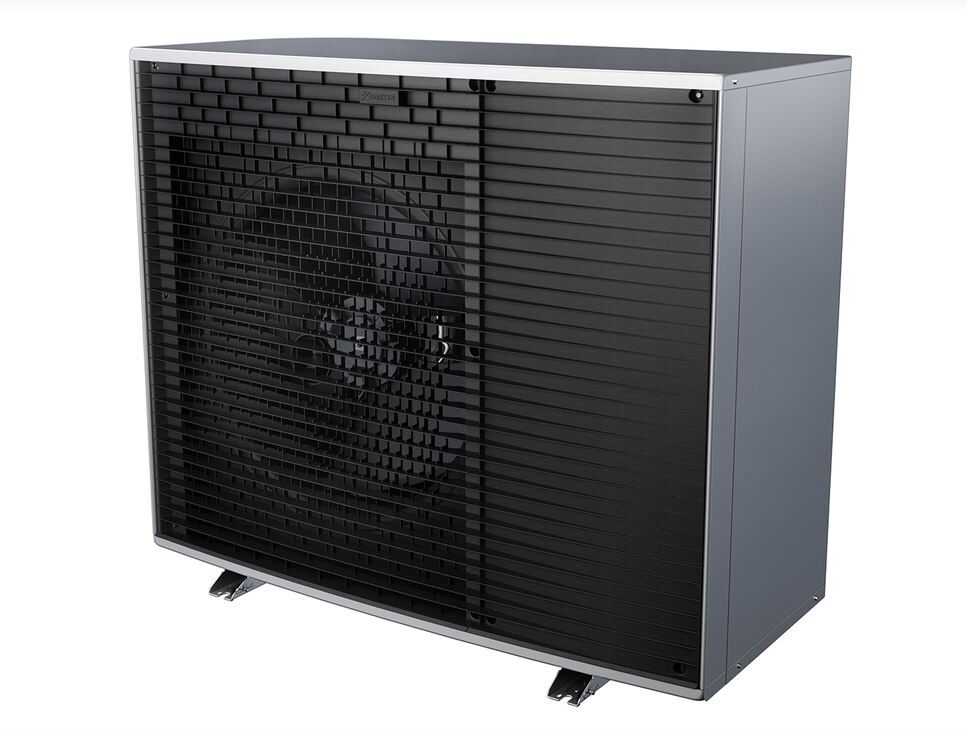Great Britain’s ‘big six’ energy retailers are warming up to heat pump tariffs aimed at reducing running costs for the technology. Five companies with a combined share of more than 75% of Great Britain's electricity market now offer some kind of heat pump tariff.
Time-of-use and type-of-use are being deployed in a bid to improve the economic case for running heat pumps. Households in the United Kingdom can access grant funding to install a heat pump through the government’s Boiler Upgrade Scheme, but the monthly cost of running a heat pump can still be prohibitively high.
Chloé Deparis, associate consultant at LCP Delta, told pv magazine that both types of heat pump tariff are geared towards making heat pumps more competitive in a marketplace where gas continues to win on price.
“The problem is that gas remains much cheaper than electricity in the UK”, she said, “That’s why energy retailers are tackling the fact that heat pumps can still be too expensive to run. If they want to encourage consumers to install heat pumps, energy retailers need to make sure that it makes financial sense. There are two ways to do so, with time-of-use or type-of-use tariffs.”
“Both are two sides of the same coin: the goal is reducing the operational cost of the heat pump. Which one is going to make the most sense for the consumer? We still need to see.”
Time of use
Three companies, Octopus, EDF and Scottish Power, now offer time-of-use based tariffs that reward households when they shift their electricity consumption to times of low demand. Meanwhile British Gas and Ovo Energy have adopted a type-of-use tariff. These offer a discounted price per kWh that is solely applied to the heat pump’s consumption. Both types of tariff are only accessible to households with functioning smart meters installed.
Scottish Power was the latest to launch a time-of-use tariff. The new heat pump tariff offers a reduced rate of GBP 0.15 ($0.19) per kWh when customers use electricity between 11 am and 4 pm. In promoting the new tariff, Scottish Power argued that heating hot water in the middle of the day when the average ambient air temperature is warmer is more efficient for households with an air-source heat pump.
Octopus Energy’s ‘Cosy Octopus’ tariff offers an off-peak rate for its heat pump customers that is available during three windows. Customers are charged a reduced rate of GBP 0.11 per kWh between 4 am and 7 am, 1 pm and 4 pm, and 10 pm and midnight. The heat pump tariff also includes a peak rate, which sees customers charged roughly GBP 0.33 between 4 pm and 7 pm. The day rate charged outside of these windows is around GBP 0.23.
EDF’s Heat Pump Tracker tariff incentivizes consumers to shift usage to two off-peak windows. The tariff offers six hours of discounted electricity each day, from 4 am to 7 am and from 1 pm to 4 pm.
Type of use
British Gas now offers a heat pump rate for customers who purchase and install an air source heat pump from the Centrica-owned energy supplier. The tariff includes a unit rate of GBP 0.14 per kWh for electricity used to run a heat pump for the first year. Ovo has a similar deal, charging GBP 0.15 per kWh for heat.
One advantage to type-of-use tariffs, according to Deparis, is that they can be combined with appliance optimization. While this does not apply to the heat pump tariffs on offer at present, Deparis said these kinds of tariffs are already available for electric vehicles, which could indicate how things may progress. “If you look at the EV side of things, type-of-use tariffs are usually combined with appliance optimization. That means the energy retailer can remotely control the appliance, within a level of comfort set by the household.”
Another advantage of type-of-use is the simplicity for consumers, as LCP Delta consultant Thomas Barquin explained.
“I think for customers the type-of-use tariff is the easiest one. For them it’s quite clear they get cheap electricity whenever they use their heat pump. Simple. For the other ones, customers need to know and remember when to run the heat pump. So there is a bit more planning, which in the end they can to do with a heat pump control and by being more engaged with their heating system,” he said.
This content is protected by copyright and may not be reused. If you want to cooperate with us and would like to reuse some of our content, please contact: editors@pv-magazine.com.



My heat pump system is designed to run 24/7 so time of use tariffs don’t really work.!!
So when you can’t win on the economics, you cheat… Making the alternatives more expensive for everyone -subsidies do this, while pretending to care. Cheaper still, heat pumps and onsite gas powered generation, do all the value adding at the home…. (Electricity from any source other than “direct envirpnmental input” will be cheaper than gas (at market rates), because – is everybody daft – electricity IS value added gas (or another hydrocarbon – even a solar panel and wi d turbine is a form of “heatpump” thermodynamically, ie value added, energy converting from a fossil fuel base – humanity only knows greed ans famine, we work to banish the famine. This is what civilisation has always done)…